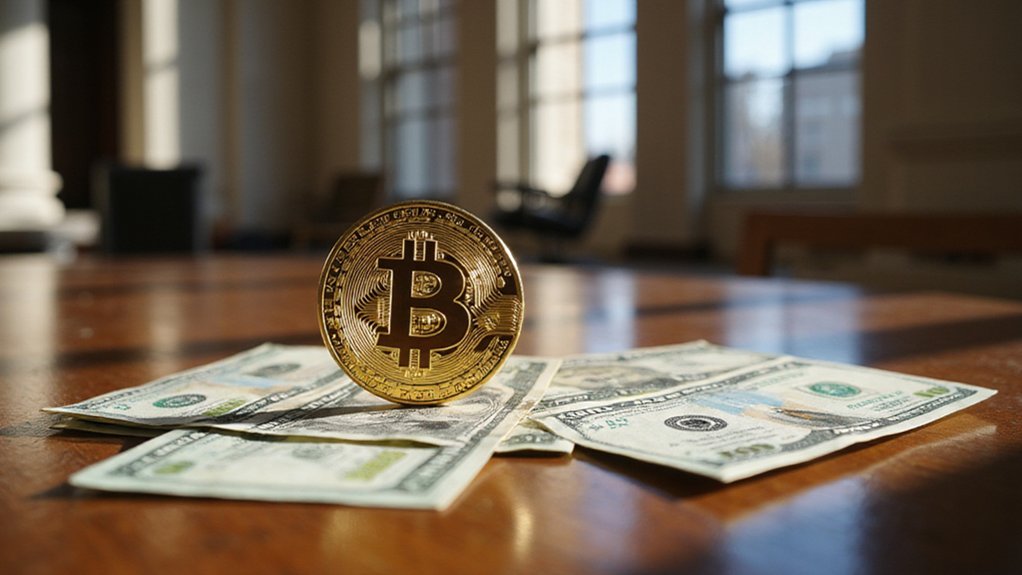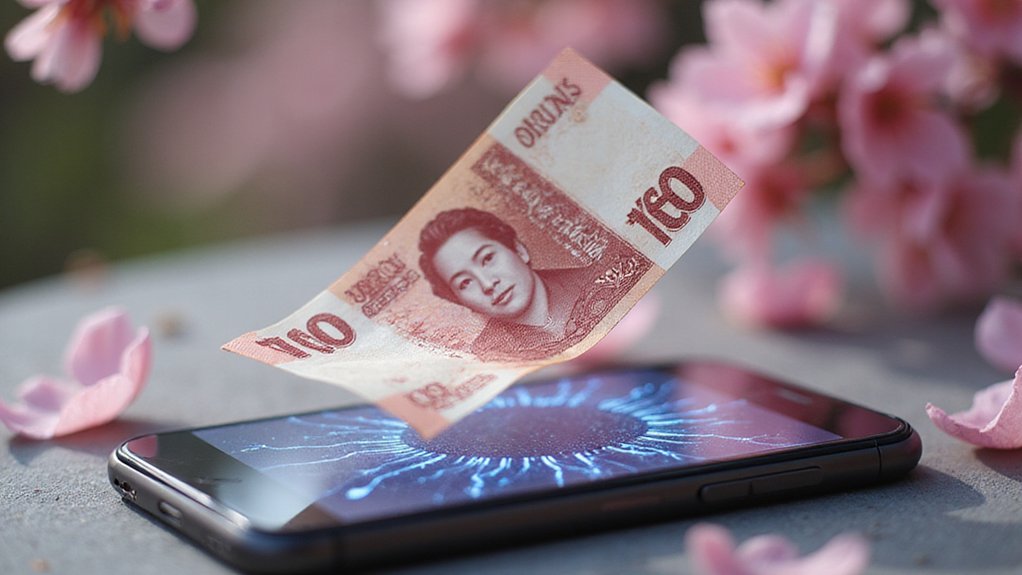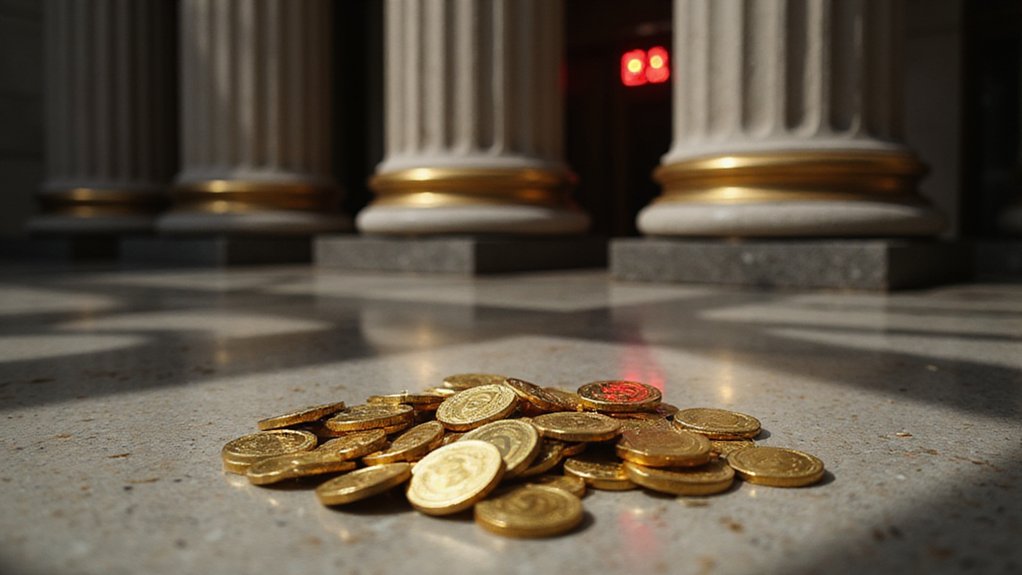While central banks worldwide have long anchored their reserves in gold’s millennia-tested stability, the United States has initiated a decidedly more contemporary approach to monetary hedging. President Trump’s March 6, 2025 Executive Order established the Strategic Bitcoin Reserve (SBR), positioning the digital asset as a permanent national reserve comparable to traditional gold holdings—a move that would have seemed fantastical just a decade ago.
The initiative leverages America’s substantial bitcoin cache, accumulated through the rather prosaic method of criminal asset forfeiture. With approximately 200,000 bitcoin already secured through law enforcement activities, the U.S. finds itself the world’s largest sovereign holder of the cryptocurrency—an ironic twist given bitcoin’s original libertarian ethos.
Senator Cynthia Lummis’s accompanying BITCOIN Act of 2025 proposes acquiring an additional 1 million bitcoin over five years, stored in the digital equivalent of Fort Knox: secure cold storage facilities.
The strategic rationale centers on bitcoin’s mathematically enforced scarcity—its 21-million-coin limit providing what proponents argue is superior monetary predictability compared to fiat currencies subject to political whims. This “digital gold” narrative has gained institutional credence, particularly as traditional monetary policy tools face diminishing returns in an era of persistent economic uncertainty.
Budget neutrality remains paramount; the Treasury must avoid burdening taxpayers while building reserves. The Department of Justice and U.S. Marshals Service, already managing seized bitcoin through their Digital Asset Forfeiture Program, will transfer holdings to centralized SBR management.
Federal agencies have thirty days to account for existing digital asset positions—a bureaucratic scramble that speaks to how quickly cryptocurrency has permeated government operations. Following Trump’s announcement, Bitcoin’s price surged above $100,000, with predictions of it reaching $10 trillion, causing significant market optimism. The timing coincides with broader institutional adoption driven by enhanced regulatory clarity across multiple jurisdictions, creating a more favorable environment for crypto integration.
The twenty-year minimum holding requirement demonstrates serious long-term commitment, distinguishing this from typical governmental asset churn. Various state legislatures are advancing complementary reserve legislation, suggesting broader political appetite for cryptocurrency integration. New Hampshire became the first state to pass an SBR law, allowing a 5% investment in digital assets.
Whether this bold gambit proves prescient or becomes a cautionary tale about speculative reserve assets remains uncertain. Nevertheless, the SBR represents a remarkable transformation: from bitcoin’s origins as an anti-establishment monetary experiment to its potential role as cornerstone of American financial strategy.






